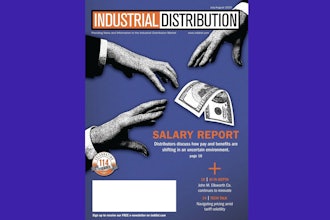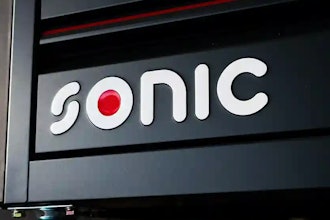
“You could get a good look at a T-bone by sticking your head up a bull’s…”
Tommy Callahan (Chris Farley) popularized this analogy in the movie Tommy Boy (Paramount, 1995). Tommy tried using this analogy to sell Callahan’s “really cool” new brake pads. Although Tommy butchered the analogy (PUN intended), there is still a powerful sales lesson to learn — analogies are effective persuasion tools.
Buyers rely on analogies to process information in the decision-making process. Buyers make decisions based on precedent. When you’re selling a new idea or new technology, it’s challenging for customers to conceptually grasp the bigger picture. Buyers cannot see the forest for the trees (popular analogy).
We make decisions based on precedent. We analyze previous experiences, and if the structure is similar, then we’ll apply that previous logic to what we experience today. We look at unfamiliar situations and try to piece together data that are familiar based on previous experience. Then we try to make this new decision using that familiar data. Right, wrong or indifferent, this is how we make decisions. We use logic and reason to further justify our current decisions.
In Selling Through Tough Times, I emphasize how analogies help cut through the uncertainty of a downturn. Customers experiencing tough times shift from growth mode to protection mode. Fear and uncertainty hijack the decision-making process and buyers delay their decision or focus more on price. You’ll need to change their mindset before they’ll buy your solution. Analogies can help.
Analogies are powerful persuasion tools, especially when you are selling a concept. A conceptual sale exists anytime you’re trying to convince someone of a new idea, new product, new way of solving a problem, or even a new way of thinking. Here are three tips to help you structure your next analogy.
Relatable
Create an analogy that is easily relatable to a decision maker. My first sales job was selling car washes. I learned firsthand the power of analogies. One day, a customer drove up in his 7-series BMW. I thought this guy was a shoe-in for our best wash. However, when I presented it to him he said, “No. Give me the basic wash.” As I filled out his ticket, the customer started clearing his trunk so we could vacuum. I noticed several nice bottles of wine. So, I used an analogy.
“Mr. Customer, getting a basic wash for this beautiful vehicle would be like ordering a basic table wine with your filet mignon. When you order a nice steak, you’d order a nice bottle of wine, wouldn’t you?”
The customer smiled and agreed to the upgraded wash. The analogy was easily relatable.
Obvious
Analogies should be easy to understand. Effective analogies need no further explanation. That’s why analogies simplify the decision-making process.
One seller explained how she persuaded a customer to buy her eco-friendly, sustainable solution. Her solution was significantly higher priced than the competition. The seller noticed the business owner had a brand new Tesla in the parking lot. This seller drew an analogy by saying, “Of course there are other options. But those options are less sustainable and can’t perform at our level. Our solution is the ‘Tesla’ of our industry (pointing to the owner’s vehicle).”
She used an easy and obvious analogy that required no further explanation. She closed the deal!
Emotional
Consider how the buyer emotionally processes your analogy. Emotion influences how and why we make decisions. Tie in positive emotions to add a more persuasive punch.
For example, one of my clients used emotion to help veterinarians sell dental packages. The client demonstrated the analogy, “Most people view their dog as a family member, would you agree?” He continued, “Well, if the dog is a family member, then you care for the dog the same way you care for your child. You take your kids to the dentist, right?” The emotional appeal of caring for family members was quite compelling. The analogy was a success.
The analogy to salespeople is like fire to cavemen — it’s a game changer. Ensure your analogies are relevant, obvious and positively appeal to your buyer’s emotions. Analogies help simplify decision making. Analogies also help buyers bridge the gap of uncertainty. That’s why analogies are so effective in uncertain times. Before your next presentation, prepare a solid analogy using these three tips. Take the butcher’s word for it!
Paul Reilly is a speaker, sales trainer, author of Selling Through Tough Times, coauthor of Value-Added Selling, and host of The Q and A Sales Podcast.























